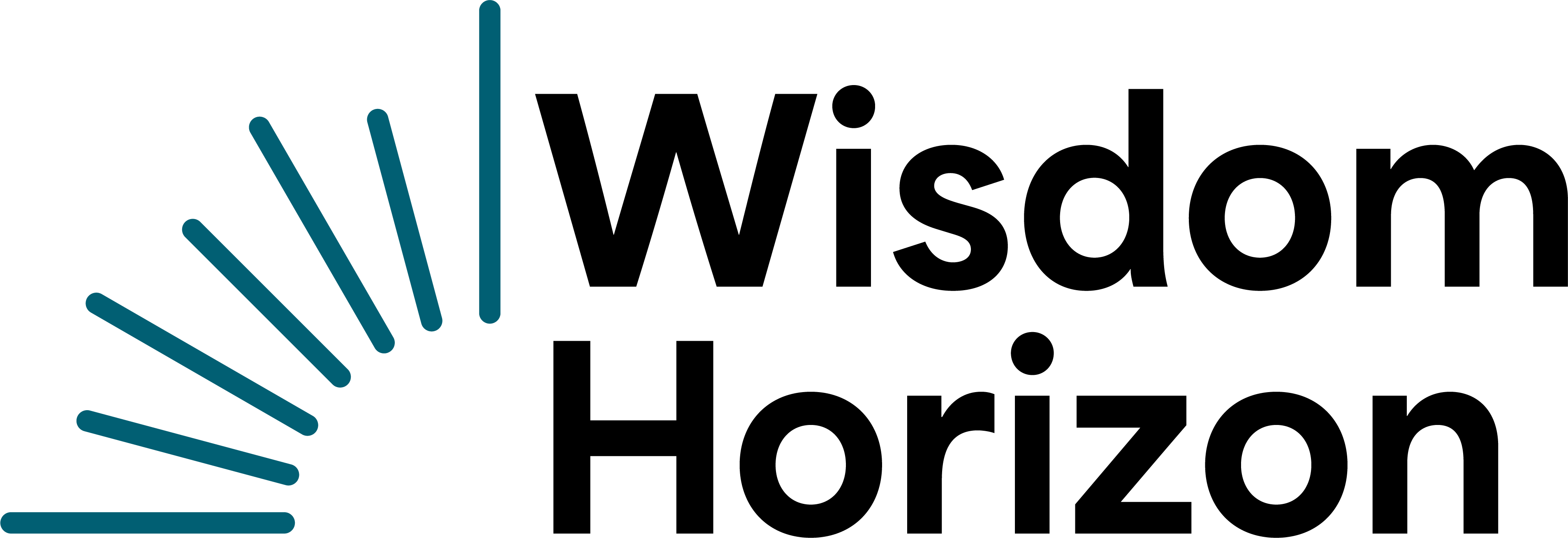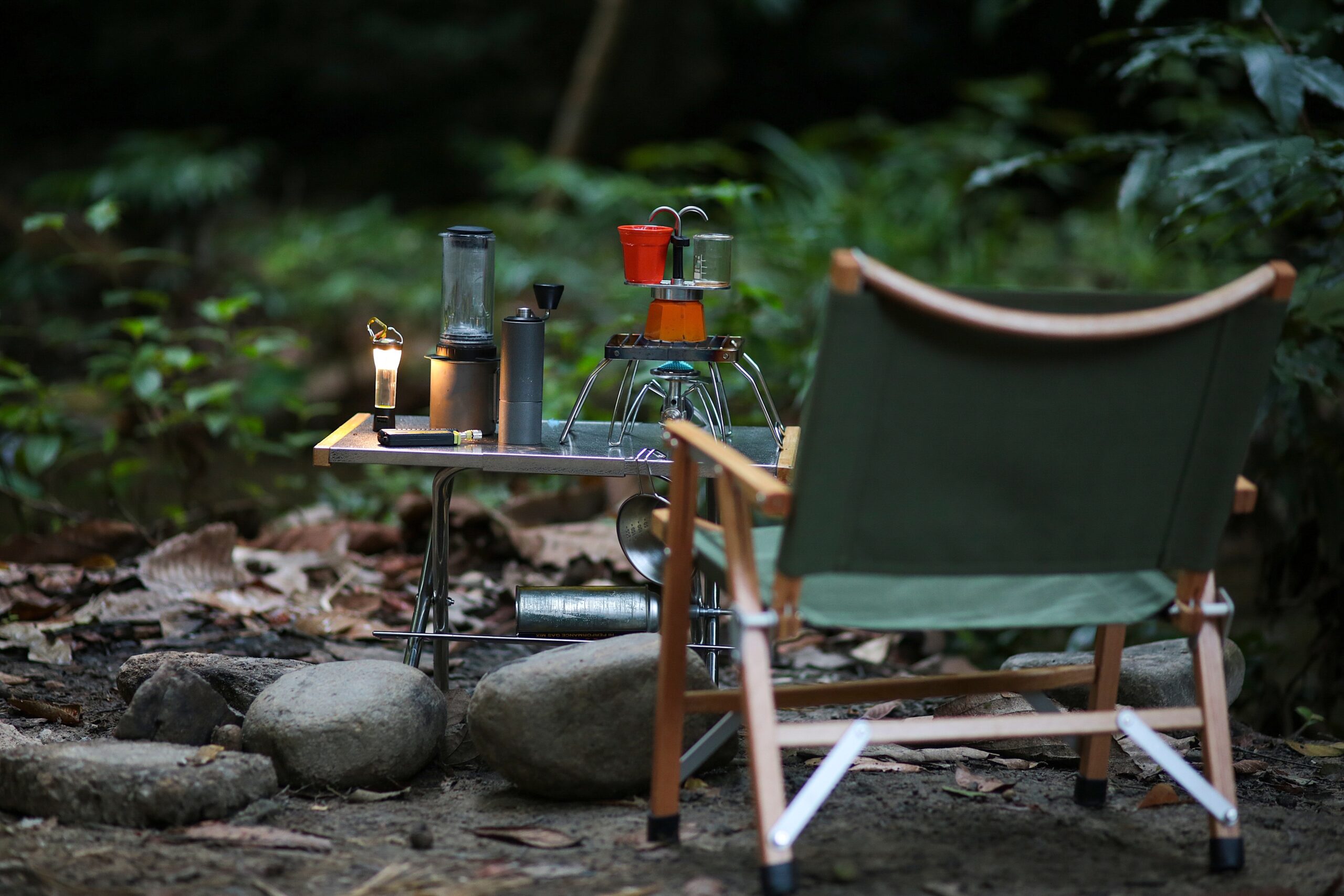Prefabricated Cabins Delivery: Streamlining the Construction Process
Prefabricated cabins have revolutionized the construction industry by offering an efficient alternative to traditional building methods. One of the most significant advantages is the streamlined delivery process. Prefabricated cabins are constructed in a controlled factory environment, which minimizes the impact of weather delays and ensures consistent quality. Once completed, these cabins are transported to the construction site, ready for quick assembly.
This approach saves time and reduces costs associated with on-site construction. Factory conditions allow for precision and adherence to strict quality standards, which can be challenging to achieve in field conditions. Moreover, the delivery process is meticulously planned to ensure that the cabins arrive on-site when needed, avoiding unnecessary delays. This method is particularly beneficial for remote locations where traditional construction would be logistically challenging.
The delivery of prefabricated cabins also supports sustainability efforts. By reducing the time and resources needed for construction, there is a decrease in energy consumption and waste production. Additionally, the reduced need for on-site labor translates into fewer emissions from commuting workers. As more people seek environmentally friendly building solutions, prefabricated cabins offer a compelling option.
Modular Cabin Homes On-Site: Flexibility and Customization
Modular cabin homes provide a unique blend of flexibility and customization, making them an attractive choice for many homeowners. These structures are composed of individual modules that are manufactured in a factory setting and then assembled on-site. This modular approach allows for a high degree of customization, as clients can choose from various designs, layouts, and finishes to suit their specific needs and preferences.
One of the key benefits of modular cabin homes is their adaptability. As needs change, additional modules can be added to expand the living space without major disruptions. This flexibility is ideal for growing families or those who anticipate future changes in their living requirements. Moreover, modular homes can be designed to fit a wide range of landscapes and site conditions, making them suitable for diverse environments.
The on-site assembly of modular homes is typically faster than traditional construction, reducing the overall project timeline. This efficiency is achieved without compromising on quality or design. The use of high-quality materials and precision manufacturing processes ensures that modular homes meet or exceed industry standards. Additionally, the controlled factory environment minimizes the risk of defects and ensures a consistent finish.
Affordable Prefab Housing Solutions: Cost-Effective Living
As housing costs continue to rise, affordable prefab housing solutions have emerged as a viable option for budget-conscious individuals and families. These homes are designed to provide cost-effective living without sacrificing comfort or quality. By leveraging the efficiencies of factory production, prefab homes can be built at a lower cost compared to traditional housing.
The affordability of prefab housing is largely due to the economies of scale achieved in the manufacturing process. Materials are purchased in bulk, and construction is streamlined, resulting in significant cost savings. Additionally, the reduced construction time translates into lower labor costs, further enhancing affordability.
Prefab housing solutions are not only budget-friendly but also offer a range of design options. Homeowners can choose from various styles and layouts, allowing them to find a home that fits their aesthetic preferences and lifestyle needs. This level of customization ensures that affordable housing does not mean compromising on personal taste or functionality.
Furthermore, prefab homes are often more energy-efficient than traditional homes, leading to long-term savings on utility bills. Many prefab designs incorporate sustainable materials and energy-efficient systems, aligning with the growing demand for eco-friendly living. This combination of cost savings and environmental benefits makes prefab housing a compelling choice for those seeking affordable and sustainable living solutions.
Comparing Prefabricated and Traditional Construction Methods
When considering a new home, it’s essential to weigh the differences between prefabricated and traditional construction methods. Prefabricated homes, or prefab homes, are built off-site in a factory setting and then transported to the final location for assembly. This contrasts with traditional construction, where homes are built entirely on-site.
One of the primary advantages of prefabricated construction is the reduced build time. Since much of the construction occurs simultaneously with site preparation, projects can be completed faster than traditional builds. This efficiency is particularly beneficial in regions with harsh weather conditions, as it minimizes the risk of weather-related delays.
Cost is another significant factor. Prefabricated homes often have a lower overall cost due to the streamlined manufacturing process and reduced labor requirements. Traditional construction, while offering more design flexibility, can be more expensive and time-consuming due to the need for specialized labor and longer build times.
Quality control is a notable advantage of prefabricated homes. The factory environment allows for consistent quality checks and adherence to building standards. In contrast, traditional construction can be subject to variations in craftsmanship and material availability.
However, traditional construction offers greater flexibility in design and customization, allowing for unique architectural features and site-specific adaptations. For those who prioritize a highly customized home, traditional methods may be more suitable despite the higher cost and longer build time.
Ultimately, the choice between prefabricated and traditional construction depends on individual priorities, including budget, timeline, and design preferences. Both methods have their merits, and understanding these differences can help potential homeowners make an informed decision.
The Future of Prefabricated Housing: Trends and Innovations
The future of prefabricated housing is promising, with ongoing innovations and trends shaping the industry. As technology advances, the construction of prefab homes is becoming more efficient and sophisticated, offering even greater benefits to homeowners.
One significant trend is the integration of smart home technology into prefab designs. Homeowners are increasingly interested in features such as automated lighting, climate control, and security systems. Prefab homes can easily incorporate these technologies during the manufacturing process, providing a seamless and modern living experience.
Another trend is the focus on sustainability. Prefab housing companies are exploring eco-friendly materials and energy-efficient systems to meet the growing demand for sustainable living. This includes the use of recycled materials, solar panels, and rainwater harvesting systems, which reduce the environmental impact of homes.
Innovations in design are also enhancing the appeal of prefab housing. Architects and designers are creating aesthetically pleasing and functional spaces that challenge the perception of prefab homes as simplistic or utilitarian. The use of modular components allows for creative and flexible designs that cater to diverse tastes and lifestyles.
As urbanization continues, prefab housing offers a solution to the increasing demand for affordable and efficient housing in densely populated areas. The ability to quickly assemble homes in urban settings makes prefab housing a practical choice for addressing housing shortages.
The future of prefabricated housing is bright, with continued advancements in technology and design driving the industry forward. As more people recognize the benefits of prefab homes, we can expect to see a growing adoption of this innovative construction method.





